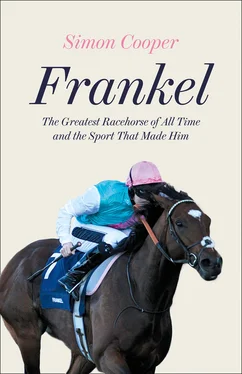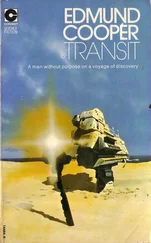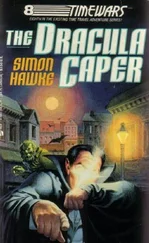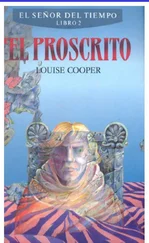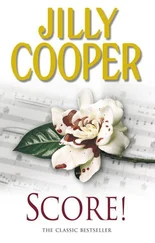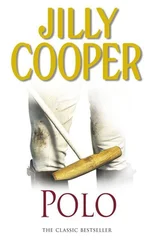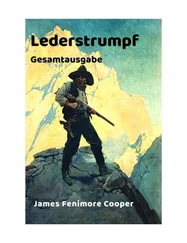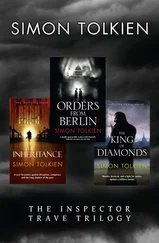Did our horse lead from pillar to post, leaving all others struggling in his wake, the rain-sodden crowd gasping in awe at his performance? I’d like to tell you yes, but it wasn’t really that way. In a race that lasts less than two minutes – this was just a mile – a quick getaway helps. But our young blood blew it. Months of training counted for nothing as this critical moment vanished in a trice. He was closer to last than first with half the race run. Had you placed a bet on him – he was the favourite, after all – you might have had reason to worry. But really you need not have done. Our horse was a cut above the rest. He knew it. And you, too, would know it soon.
He had been trained to run this way. He was headstrong. A horse who knew his mind but was prone to run too fast, too soon. His trainer, the best of the best, saw this in him so taught him the value of patience. The waiting game. Cruising behind the others until the moment was right. And that is how this race has become a part of horse-racing history.
In the wet gloom, as the track rose towards the finishing line, the jockey eased our horse out from behind the pack to make his run. There was nothing hurried. Really, there was nothing to doubt. He drew level with the leaders, kept time with them for a few strides as if to make some point before pulling away with ease as the winning post flashed by. Whether you were a seasoned racing professional or a once-a-year punter, our horse would have caught the eye. ‘Impressive’, you’d have said. ‘Very impressive.’ And you’d have logged the name of our horse in that part of your brain reserved for something out of the ordinary.
One hundred and three seconds on from the start, the horse drawn in stall ten had passed the winning post ahead of the rest. That was to become something of a habit as Frankel was now, despite the apparent inauspiciousness of the occasion, on his way to becoming the greatest racehorse to ever live.

1
Yesterday I met Frankel who crept up on me all of a sudden. One moment I was deep in conversation and the next I sensed a presence behind me. Maybe someone said something along the lines of ‘here’s the man’. In truth, I don’t recall precisely but when I turned around there he was: the greatest racehorse that has ever strode out on God’s turf.
As I wended my way across the Cambridge fens, which in turn gave way to the ordered horse paddocks that surround Newmarket, I tried not to elevate this meeting to something of a semi-religious experience. An audience with the Pope. A pilgrimage to a Tibetan mountaintop to meet the Dalai Lama. It seemed the wrong side of sane to equate a horse on such a level.
And indeed that is true. But rarely in life does one ever get to meet the truly great. They are the stuff of legends. Stories passed down through generations. The prism of time only giving us a hint of what the truth may have been. But here was I doing that very thing. A chance to look, see and touch. Make a judgement all of my own. To burn into my memory a horse that will likely never, ever exist again.
You’d barely give Frankel’s home a second glance if you drove past. Yes, the sweeping turn to the entrance looks immaculate, but the redbrick walls are low and the signs discreet. Beyond the gates that swing open to acknowledge your arrival, the scene that greets you appears to be anything other than a horse stud farm.
The smooth tarmac gives way to immaculately raked gravel that scrunches under my tyres. In the absence of signs, a kindly gardener points me in the right direction, curving me around the tall copper beech that was hiding the offices. Well, these are not offices in the absolute sense of the word, but rather the most magnificent country house, known as Banstead Manor Stud, that people just happen to work in. It is the European headquarters of the world-famous racing and breeding operation, Juddmonte, owned by His Highness Prince Khalid bin Abdullah bin Abdulrahman Al Saud, known universally across racing as Mr Khalid Abdullah, befitting his privacy and pursuit of excellence. I honestly don’t know if Juddmonte’s Banstead Manor was designed by the British architect Sir Edwin Lutyens, but it has all the heritage. Long, horizontal, thin red bricks delineated by perfectly trowelled lime mortar. Tall, slender chimneys, artworks in their own right. Narrow windows that mimic the first Elizabethan age. I’m ushered into a rather grand room which is full of Frankel memorabilia; even the mints are wrapped in his racing colours. Among the paintings and prints is a faded handwritten letter from a son to his mother in old-fashioned copperplate script. It seems Frankel is not the only one to achieve world fame to have lived at Banstead Manor; this was the childhood home of Winston Churchill.
I’m met by Shane Horan who is introduced to me with a job title I’ve never heard spoken of before, but that speaks more to my ignorance in these matters than the title itself: Nominations Manager. He is, it transpires, responsible for which mares are chosen each season (requests to mate with Frankel are significantly oversubscribed). We sit down in what I guess would once have been the drawing room, with furniture as comfortable today as it would have been back when this was a grand home. Reclining on the sofa, I have a glorious view across a York stone terrace, striped lawns, and between the house and yet another copper beech, a statue of a full-sized horse on a Portland stone plinth. I hazard a guess that it might just be Frankel. I am correct.
I pull out my pad and start to ask Shane a few questions, but we both know that really I am being polite. Seeing Frankel is the thing. The answers will come later. We are just playing for time. Soon Shane looks at his watch, stands up, and beckons me to follow. ‘We’ll just catch him on the way back.’ It is shortly before 3 pm but I’m none the wiser as to where Frankel has been or where he is going. I don’t like to ask, as the assumption seems to be that I should know.
My other assumption was that I’ll need a pair of wellington boots to tramp around, or at least make my way to the stud yard. Shane gives me a quizzical look when I ask whether I should change footwear. I’ll take that as a no. The walk to the stables is both short and perfection. Another striped lawn gently slopes away from the house. A small lake gurgles as a pulsing fountain spouts water. The yew hedges are geometrically precise. Gertrude Jekyll, Lutyens’ landscape gardener of choice, would most definitely have approved of the splendid herbaceous borders, the flock of colours rising from low at the front to tall at the back. Less than a hundred yards from the house, Shane swings open a small gate and beyond the shiny, black-painted tubular steel of the estate fencing is more striped lawn, specimen trees, soft pale shingle pathways and three turreted stable blocks.
Disabuse yourself that this is any ordinary stable block; if there was a star rating for horse accommodation this would be seven star plus a bit more. The original building, that houses just two horses, repeats the brickwork of the house, with dark-wood stained stable doors at either side adorned with solid brass catches and bolts. In the centre a corbelled arch leads to a white-painted door, slightly knocked and careworn by daily stud life, with the tack and feed store beyond. The slate roof is topped by two jaunty looking turrets, which serve as ventilation shafts, each of which is capped by what you might easily mistake for a black pointed witch’s hat. The shafts, a sort of forerunner to air conditioning, were by all accounts originally installed by army engineers who were billeted in the stables during World War II, and the style has been replicated with the three later stable blocks, perfect facsimiles both, with housing for eight stallions in total. This is, and has been for the past six years, Frankel’s home.
Читать дальше
